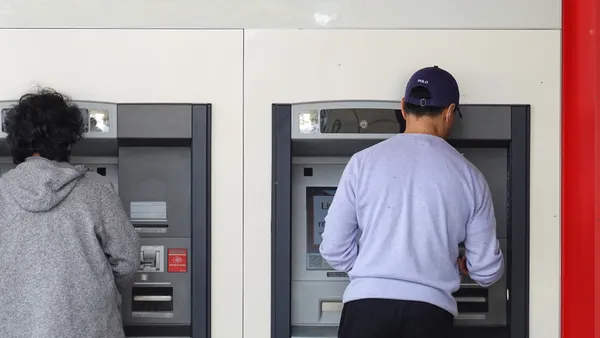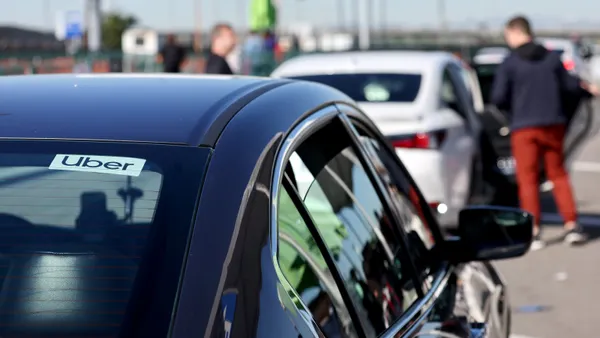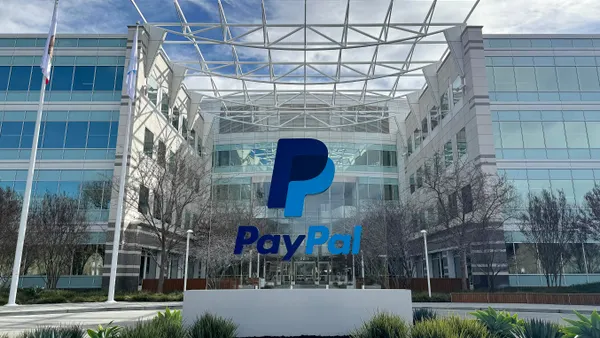The rising influence of digital value is set to unleash an era of fundamental transformation for the global economy. Digital value (prepaid, closed-loop, crypto, loyalty points, NFTs and fractionalized assets) is an increasingly impactful subsector of the payments landscape, driven by ongoing advances in financial technology.
Consider that the well-established prepaid card market is expected to reach $3 trillion by 2028 alone. Crypto is already a $1T+ market cap, while there is an imminent boom in token-based asset fractionalization with an estimated $16T market value by 2030. All of these digital stored value assets will require more mediums of exchange.
As the means, methods and motivations for making payments continue to evolve and expand, global adoption of digital payments has risen in turn, with digital value demonstrating its ability to help drive the next wave of fintech innovation.
Here’s how digital value networks are already proving to be a dynamic foundation for payments innovation, paving the way for new use cases that traditional payment processes have long struggled to support.
Digital value for a global economy, workforce and society
Thanks to the growing interconnectedness of the global digital economy, the value of cross-border payments is forecasted to reach over $250 trillion before 2030. Unfortunately, traditional payment networks suffer a slew of hindrances when it comes to cross-border transactions. There are too many hurdles to overcome for any given transaction, incompatible infrastructure between each party or step and time-consuming regulatory complications. Because many cross-border payments mechanisms have yet to adapt to the ever-evolving technological landscape, the industry remains plagued by high transaction fees, frustrating delays and overall inefficiency.
Digital value networks – lower cost, efficient approaches to cross-border transactions that sidestep the confines of bank or wire transfers and push-to-card payments – offer a solution. By facilitating instant and cost-effective cross-border payments and unlocking the global economy, they enable businesses to reach international markets without the friction of traditional financial infrastructures.
Unlock new fintech opportunities with digital value
Recent innovations in consumer payments have centered on real-time money movement, digital assets and crypto. These new fintech opportunities are all striving for the “sweet spot” where value for the consumer and cost-effectiveness for the merchant meet. Digital value networks can help provide a win-win scenario in a number of key use cases where existing systems have yet to catch up:
Micropayments
Micropayments have long been constrained by card interchange fees, which restrict businesses and limit their abilities to package, price and sell small-scale goods and services online.
Consider that for items under $1, transaction fees can soar to over 30% of the total amount.
Consumers have grown increasingly frustrated at stumbling upon paywalls or subscription barriers when they want to access a single online article or video. Digital value networks offer a solution that transfers small increments of value swiftly and efficiently without the card networks, all with minimal friction between the parties involved.
Remittances
Remittances highlight the need for smoother digital value transfers across borders. While their value in advancing financial inclusion for low-income countries is huge, standing at nearly 6% of GDP, the individuals and families who rely on remittances could benefit exponentially more if payment solutions weren’t overwhelmed by hidden fees and high conversion rates.
Digital value remittances can encompass anything from crypto payments to digital closed-loop cards that can be spent at a local retailer in the recipient’s home country. Mobile top-ups are a particularly valuable form of remittance to receive as they are at the heart of a cash-like ecosystem of their own in countries such as Mexico.
Crypto, Web3 and the Metaverse
Crypto and Web3 digital wallet providers are always seeking to seamlessly integrate with POS and checkout systems to make their wallets viable for mainstream everyday spending use.
Whereas historically these pathways required traditional card payment infrastructure and cooperation with acquirers and issuers, digital value networks are uniquely able to support these new payment types at the POS, helping to bring them more into the mainstream.
Buy Now Pay Later (BNPL)
BNPL platforms and services must resort to issuing temporary Visa or Mastercard card tokens to secure merchant acceptance and settlements through the card network rails. As an alternative, digital value networks have the capacity to issue tokens on behalf of BNPL service providers, streamlining the process of gaining merchant acceptance — while reducing costs, overhead and complexity.
Payment networks built for a digital economy
Payment networks are not just about making transactions – when properly executed, they are about creating tailored payment experiences that resonate with customers, ultimately fostering loyalty and engagement among consumers. Once transactions become more personalized, businesses and customers will be that much more open to building long-term, emotion-based relationships.
As consumers continue to amass digital value, everywhere from airline miles to workplace recognition gift cards, they increasingly need ways to spend those stores of digital value in the mainstream economy. Digital value and its real-time transformation of funds (without loss of value) will increase the velocity of the upcoming wave of consumer payment transformations. Businesses that effectively bridge the gap to consumers through digital value will unlock revenue from new consumer cohorts who will be ready and willing to spend their digital value with them.
In a landscape where innovation and adaptability reign supreme, it's the digital value networks that are poised to define the future of fintech.
Runa is a digital value infrastructure that enables people to pay and get paid by anyone, anywhere, instantly. The Runa network reaches more than 1 billion people and connects merchants, organizations and individuals for fast, affordable and data-rich payouts in more than 30 countries and 20 currencies. For more information, visit runa.io.










